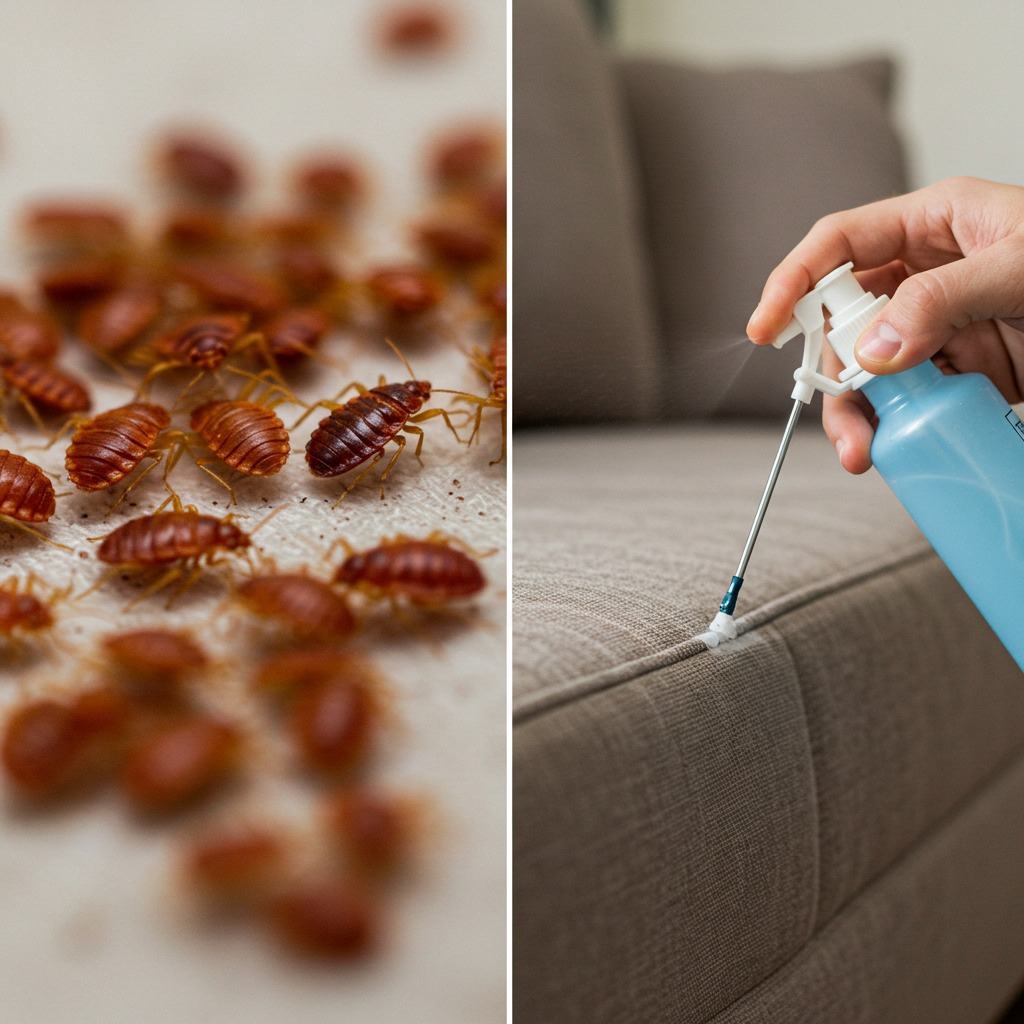ADVERTISEMENT
# **Bedbugs: The Ingredient in Your Cupboards (and the Garden) That Helps Eliminate Them in Record Time**
Bedbugs—small, nocturnal insects that feed on the blood of humans and animals—have become a growing concern for many households worldwide. Their bites can cause itching, skin irritation, and allergic reactions, while their presence in your home can lead to stress, sleepless nights, and anxiety. Unlike some pests, bedbugs are notoriously difficult to eradicate. They are resilient, can live for months without feeding, and can hide in the tiniest cracks and crevices.
However, despite their reputation as stubborn invaders, there is an ingredient hiding in your kitchen cupboards and garden that can help you eliminate these pesky pests in record time. This natural solution is not only effective but also safe for you, your family, and pets. In this article, we’ll explore how a common yet powerful ingredient can be used to fight a bedbug infestation, the science behind its effectiveness, and step-by-step instructions on how to implement it.
By the end of this article, you’ll have the knowledge to combat a bedbug problem without relying on harmful chemicals or expensive exterminators. Let’s dive in!
—
## **Understanding Bedbugs: The Problem They Pose**
### **What Are Bedbugs?**
Bedbugs, scientifically known as *Cimex lectularius*, are tiny, reddish-brown insects that primarily feed on the blood of warm-blooded animals. They are about the size of an apple seed and are often most active at night when they emerge to feed on their hosts. Bedbugs are commonly found in areas where people sleep, such as mattresses, bed frames, and furniture, but they can also hide in cracks and crevices in walls, floors, and even electrical outlets.
Unlike other pests, bedbugs are not attracted to filth or garbage. Instead, they seek out their host’s warmth and carbon dioxide. They typically feed for about 5–10 minutes at a time, leaving behind itchy, red bite marks. While their bites are not known to transmit diseases, they can cause allergic reactions and secondary infections from scratching.
### **Signs of a Bedbug Infestation**
If you suspect that you have a bedbug infestation, there are several signs to look out for:
– **Bite marks**: Small, red, itchy bumps that appear in a line or cluster, typically on the arms, neck, or face.
– **Blood stains**: Tiny, rust-colored spots on your bedding or mattress, left behind after the bugs feed.
– **Fecal spots**: Small, dark spots that resemble black pepper, typically found near cracks or crevices where bedbugs are hiding.
– **Eggs or shells**: Bedbug eggs are tiny, white, and oval, often found in hidden places like mattress seams or behind wallpaper.
If you notice these signs, it’s important to act quickly before the infestation worsens.
### **Why Bedbugs Are Difficult to Eradicate**
One of the main reasons bedbugs are so difficult to eliminate is their ability to hide in tiny cracks and crevices. They are excellent at squeezing into places where you might not even think to look, such as inside furniture, behind picture frames, and in wall voids. Furthermore, bedbugs are resilient and can survive for long periods without feeding, making it easier for them to go unnoticed.
Another challenge is that bedbugs reproduce quickly. A single female can lay hundreds of eggs during her lifetime, and the eggs hatch in about 1–2 weeks, leading to a rapid increase in the population.
For Complete Cooking STEPS Please Head On Over To Next Page Or Open button (>) and don’t forget to SHARE with your Facebook friends
ADVERTISEMENT
ADVERTISEMENT
